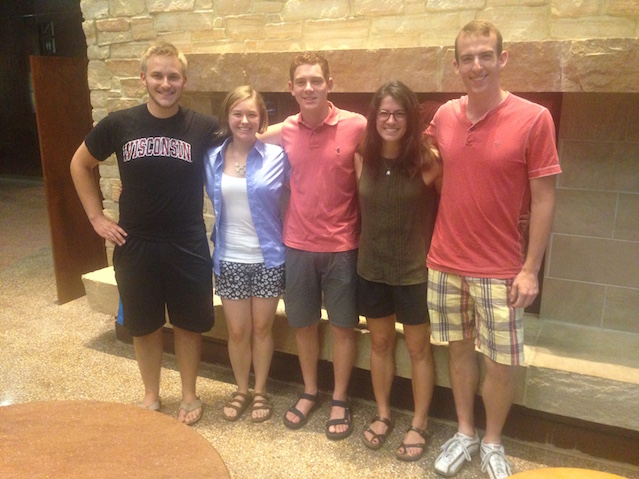Needle support device for vortex ports
This project has been secured to protect intellectual property.
Login for More InformationProject Overview
Vortex ports are uniquely designed venous access devices manufactured by AngioDynamics. The conical port chamber is designed to minimize peripheral loss of blood and reduce sludging and clotting. Vortex ports are embedded in subcutaneous tissue, usually in the upper pectoral area. For treatments requiring reliable, repeated venous access, such as red blood cell exchange, or photopheresis, Vortex ports provide a great convenience to patients and health care providers.
In apheresis applications, Vortex ports are typically accessed by inserting two large bore needle through the overlying skin and port chamber cover into the port chamber. One needle is used to draw blood, the other to return blood during extracorporeal apheresis treatments.
Once a patient's ports are accessed, the two needles are approximately an inch apart and project 2 to 3 inches from the skin, perpendicular to the surface. These needles are then attached to tubing that runs to and from the apheresis instrument. Currently, there is no commercial product (that we are aware of) to help support the needles and attached tubing that are projecting from the body surface. At University of Iowa, nurses fashioned a support device from a styrofoam coffee cup. At University of Wisconsin, nurses have been fashioning a makeshift support device from medication dispensing cups.
There is, therefore, an unmet need for a reliable, inexpensive, disposable, professional-looking device to support needles used in accessing Vortex ports.
Team Picture

Contact Information
Team Members
- Joanna Mohr - Team Leader
- Isaac Loegering - Communicator
- Madeline Gustafson - BSAC
- David Lahm - BWIG
- Andrew Polnaszek - BPAG
Advisor and Client
- Prof. Randolph Ashton - Advisor
- Dr. Thomas Raife - Client
